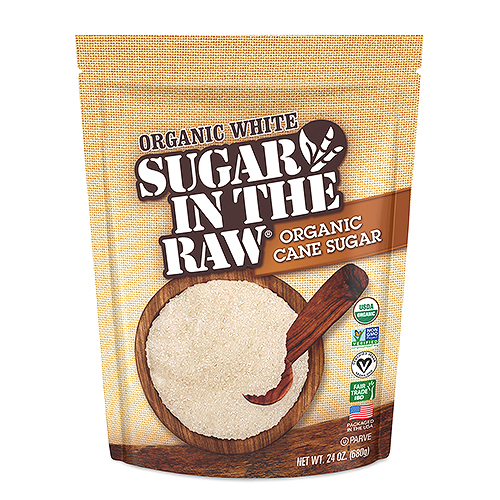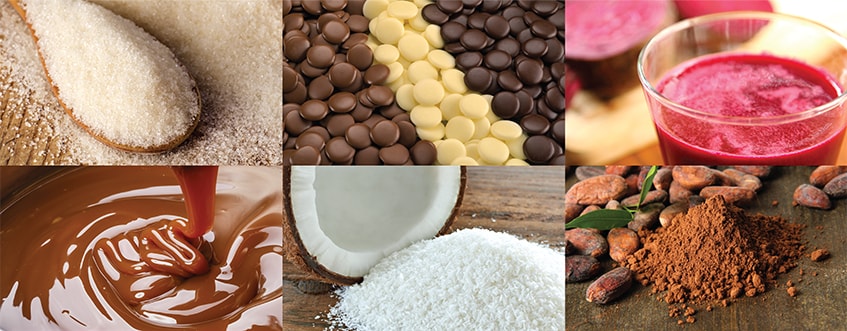Discovering the Comprehensive Tips Involved in Walking Cane Sugar Processing From Gathering to Refinement
The procedure of cane sugar production incorporates a collection of elaborate steps, starting with the careful harvesting of sugarcane and culminating in the refinement stages that make certain the final product satisfies market standards. Each phase, from the extraction of juice to the filtration and formation procedures, plays a critical role in figuring out the top quality and personality of the sugar.
Collecting Sugarcane
Harvesting sugarcane is an important action in the walking cane sugar handling chain, as it straight affects the top quality and return of the last product. Appropriate timing and methods are vital throughout this phase to make certain optimal sugar content and minimize losses. Usually, sugarcane is gathered when it gets to maturity, usually 12 to 18 months after growing, identified by a high sucrose focus.

Post-harvest, the sugarcane needs to be refined quickly to stop sucrose deterioration. Ideally, gathered cane should be carried to processing facilities within 24 hr to protect sugar quality. Therefore, effective logistical planning is crucial to keep the stability of the gathered plant throughout the supply chain.
Extraction Process

The crushed walking stick undergoes a series of pressing procedures to make the most of juice healing. Commonly, hot water is sprayed onto the smashed walking stick, producing a countercurrent circulation that aids liquify the sugar while likewise aiding in the removal process. The juice gathered from this operation contains not just sugar however likewise various organic compounds and impurities.

To boost extraction efficiency, some facilities may employ diffusion techniques, where the sugarcane is taken in warm water, enabling the soluble sugars to diffuse into the liquid. The resulting juice, rich in sucrose, is then guided to succeeding processing stages, laying the foundation for purification and refinement. The extraction process is therefore essential in identifying the high quality and return of the final sugar product.
Purification Techniques
The filtration methods utilized in walking stick sugar processing are crucial for changing the raw juice right into a high-quality sugar item. These techniques largely intend to eliminate contaminations, such as dirt, plant products, and inorganic substances, which can adversely affect the end product's flavor and color.
Among one of the most typical purification strategies is information. This process entails including lime and heat to the raw juice, which helps with the coagulation of pollutants. The resulting precipitate is then removed via sedimentation or filtering, yielding a more clear juice. Furthermore, making use of phosphoric acid can enhance the explanation process by further binding contaminations.
One more significant method is carbonatation, where co2 is presented to the clarified juice. This response produces calcium carbonate, which records staying contaminations and promotes their elimination.
Additionally, turned on carbon treatment might be related to adsorb any type of staying colorants and natural impurities, ensuring a much more polished product. The mix of these methods successfully prepares the sugar juice for subsequent action in the refining procedure, setting the phase for the production of premium cane sugar.
Condensation Approaches
After the purification phase, the following important action in walking cane sugar handling involves condensation approaches, which play an essential duty in transforming the cleared up juice right into strong sugar. This process normally utilizes 2 key approaches: spontaneous formation and controlled condensation.
In spontaneous formation, supersaturated sugar services are permitted to cool normally, resulting in the formation of sugar crystals in time. This technique is easier but may cause irregular crystal dimensions and lower purity levels. On the other hand, controlled condensation is a much more exact technique where temperature, seeding, and concentration representatives are diligently managed. This technique enables the uniform growth of sugar crystals and higher purity.
During formation, the cleared up juice is focused with evaporation, boosting its sugar content till it reaches supersaturation. Once this point is achieved, either method can promote the formation procedure. Cane Sugar Processing. The resultant sugar crystals are then separated from the continuing to be syrup via read review centrifugation
Ultimately, the selection of crystallization method influences the top quality, size, and pureness of the last sugar item, making this step necessary in the general cane sugar handling procedure.
Refinement and Packaging
How can the pureness and quality of walking cane sugar be better improved after formation? The refinement procedure plays a critical function in achieving high-grade cane sugar. Following formation, sugar undergoes an extensive cleaning to eliminate impurities and residual molasses. This is generally completed utilizing cozy water or steam, which assists liquify and extract undesirable components while preserving the sugar crystals.
Following, the sugar is subjected to a procedure called centrifugation, where it is spun at broadband to divide the cleansed sugar crystals from the staying liquid. After centrifugation, the sugar is usually more fine-tuned with a technique called carbonization or phosphatation, which makes use of turned on carbon or phosphoric acid to eliminate here are the findings color and off-flavors.
Once fine-tuned, the sugar is dried to achieve the desired moisture material, guaranteeing that it continues to be stable during storage and transportation. The last action involves product packaging the polished sugar in closed and moisture-proof containers to preserve its quality and prevent contamination. Cane Sugar Processing. Correct packaging not only extends life span however also assists in easy handling and distribution, guaranteeing that consumers obtain sugar that fulfills the greatest requirements of purity and quality
Verdict
The detailed steps entailed in walking cane sugar processing, from the thorough harvesting of sugarcane to the complex refinement and product packaging stages, emphasize the value of each stage in ensuring premium sugar production. Optimum harvesting techniques, efficient removal methods, and strenuous purification procedures jointly contribute to the last product's purity and stability. The formation and succeeding packaging practices better boost the stability and shelf life of the sugar, highlighting the intricacy and precision intrinsic in this essential farming market.
The process of cane sugar production encompasses a series of complex actions, beginning with the careful harvesting of sugarcane and culminating in the improvement stages that make certain the last item satisfies industry criteria. Preferably, gathered cane must be carried to processing centers within 24 hours to protect sugar high quality.In spontaneous formation, supersaturated sugar options are allowed to cool down naturally, leading to the formation of sugar crystals over time - Cane Sugar Processing. The refinement process plays a crucial duty in attaining top notch walking stick sugar.The detailed steps involved my blog in cane sugar handling, from the careful harvesting of sugarcane to the detailed improvement and packaging phases, underscore the value of each phase in ensuring premium sugar manufacturing